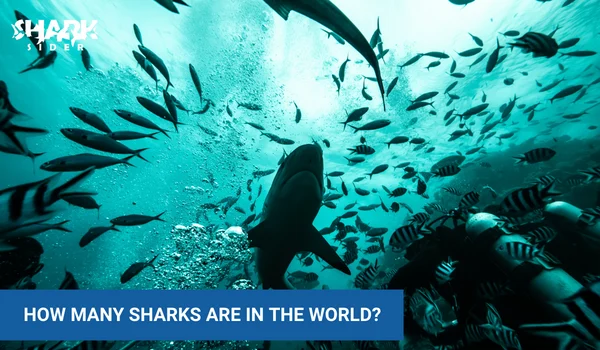Have you ever wondered exactly how many sharks are there, roaming the seas and oceans of the world? With all the different species, sizes, and habitats, it can be nearly impossible to know for sure. But with more than 480 known species of sharks worldwide and an estimated 100 million individuals swimming in the ocean depths each year, scientists believe that shark numbers may encounter significant threats due to habitat destruction, fishing practices, climate change, and other human activities that alter their natural environment. In this blog post, we will explore what is currently known about how many sharks are in the ocean and investigate ways in which we can protect these important predators from further decline.
How many shark species are there in the world?
Estimating the number of shark species is an extremely difficult task, as there are so many different kinds of sharks and a multitude of habitats they inhabit. In order to get an accurate count, researchers depend on a combination of scientific observation, direct sampling, genetic analysis, and computer modeling. Scientific observation entails carefully observing sharks in the wild and recording their behavior, size, and other characteristics.
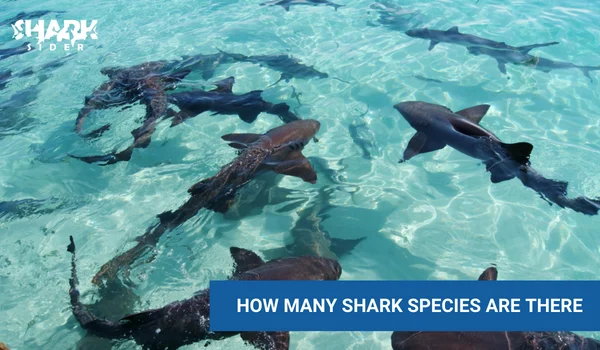
Direct sampling requires researchers to capture sharks in a safe manner and take tissue or blood samples for further study. The genetic analysis involves comparing the genetic material of different shark species in order to determine which ones are related. Lastly, computer modeling uses complex algorithms to estimate animal population sizes based on data collected from various sources. All of these methods can provide valuable insights into how many shark species are present in different areas.
Types of sharks
Sharks are an incredibly diverse group of animals, with over 480 known species swimming in the ocean depths. These species can be divided into six main types: Lamniformes, Hexanchiformes, Carcharhiniformes, Squaliformes, Heterodontiformes, and more. Each type has its own unique characteristics that make them distinct from other sharks. Let’s explore the different types of sharks and investigate how they are adapted to their environment.
Squaliformes, or Dogfish sharks, are small sharks that typically inhabit deep-water reefs and have a streamlined body shape. They are carnivores and feed mainly on fish, squid, and other small prey. Dogfish sharks are relatively slow swimmers and rely on their excellent sense of smell to locate their prey. They are also very sensitive to changes in water temperature and tend to migrate to deeper waters during the winter months.
Hexanchiformes, or Cow sharks, are the most primitive type of shark and are adapted to living in deep-water habitats. They have a unique 6-gilled body shape and possess a highly sensitive olfactory organ that helps them detect prey. Cow sharks are mainly opportunistic feeders and will consume almost anything they can find, including mollusks, crustaceans, and even other sharks.
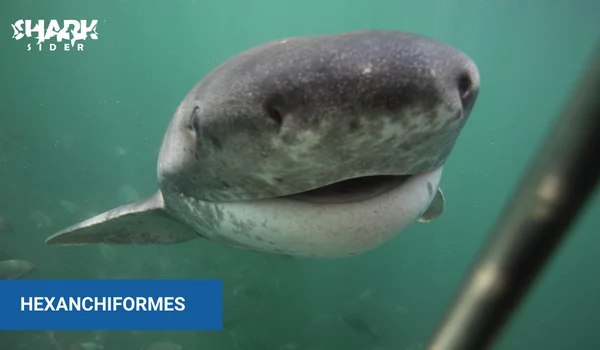
Lamniformes, or Mackerel sharks, are the most advanced type of shark and are mainly found in coastal and offshore waters. They possess some remarkable adaptations that make them well-suited for predation, such as their sharp teeth and powerful jaws. Mackerel sharks feed mainly on fish, squid, and other marine animals and are the apex predator in many ocean ecosystems.
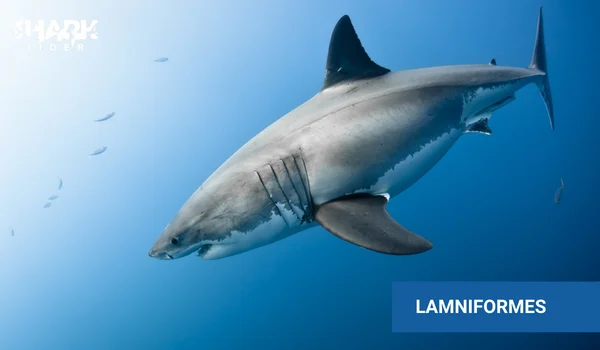
Orectolobiformes, or Carpet sharks, are abundant in tropical and subtropical waters and are highly adapted to living on the ocean floor. They are characterized by their flattened body shape and large eyes, which allow them to detect predators from a distance. Carpet sharks feed mainly on crustaceans and mollusks, which they crush with their powerful jaws.
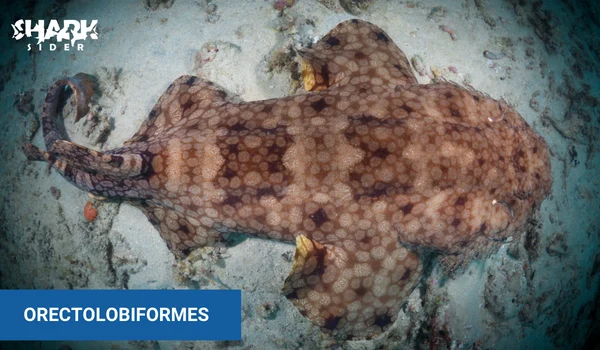
Heterodontiformes, or Horned sharks, are characterized by their distinctive horns and strong jaws. They inhabit shallow coastal waters and feed mainly on shellfish, crustaceans, and small fish. Horned sharks are relatively slow swimmers and rely on their great sense of smell to locate prey. They are also highly sensitive to changes in water temperature and tend to migrate to deeper waters during the winter months.
Carcharhiniformes, or Ground sharks, are the most abundant type of shark and inhabit mainly tropical and subtropical waters. They are highly adapted to living near the ocean floor and possess strong jaws that allow them to crush their prey. Ground sharks feed mainly on fish, squid, and other small prey.
Pristiophoriformes, or Saw sharks, are small sharks that inhabit shallow coastal waters and possess a long snout lined with sharp teeth. They feed mainly on fish, squid, and other small prey and rely heavily on their sense of smell to locate food.

Estimating the global shark population
Estimating the global shark population is an incredibly challenging task, and it is believed that there are approximately 100 million sharks in the world. Scientists have implemented various techniques to estimate their numbers, including tagging and tracking studies, genetic analysis, and fisheries data. Tagging and tracking studies involve capturing and fitting sharks with tags that record their movements and behaviors, which enables researchers to estimate populations in different regions. Genetic analysis involves taking small samples of tissue or scales from sharks and analyzing their DNA to determine population size and structure. Additionally, fisheries data can be used to estimate population trends in areas where fishing is common. By combining these methods, scientists can gain a better understanding of the global shark population and develop strategies to protect them.
Factors affecting shark populations
In a world where the mighty shark’s reign is threatened, the degradation of their underwater kingdom poses an imminent danger. Human endeavors, like coastal expansion and pollution, wreak havoc on the coral realms and coastal domains these magnificent predators depend on. As if this wasn’t enough, humanity’s insatiable hunger leaves no room for the ocean’s natural balance to prevail – destructive fishing practices ravage the sea, leaving prey scarce and our finned protagonists struggling for survival. Compounded by the sharks’ slow growth and scarcity of offspring, their dwindling numbers beg the question: can these underwater titans withstand the onslaught brought upon them by the Earth’s terrestrial rulers?
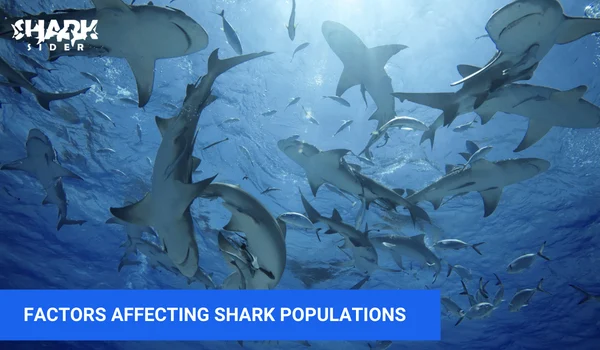
The answer, though uncertain, lies in our collective ability to coexist harmoniously with sharks. We must take action and safeguard the future of these ancient predators. This starts with mitigating the damage wrought by human activity, like protecting habitats and curbing overfishing. It is also important to pass laws that protect sharks from exploitation and pass on a legacy of conservation for generations to come. If we act now, we can ensure that our oceans remain rich with sharks – untamed, majestic creatures worthy of awe and admiration. Together, we can shape a brighter tomorrow for one of Earth’s most mysterious icons – the shark.
Conclusion
Sharks are some of the most mysterious and awe-inspiring creatures on our planet, but they are facing many threats. In order to protect these important predators, we must first gain a better understanding of their population size and distribution. Estimating the number of shark species is an extremely difficult endeavor, but with the combination of scientific observation, direct sampling, genetic analysis, and computer modeling, researchers can gain valuable insights into shark populations across the globe. With this knowledge, we can create better conservation strategies and ensure their survival for generations to come.

